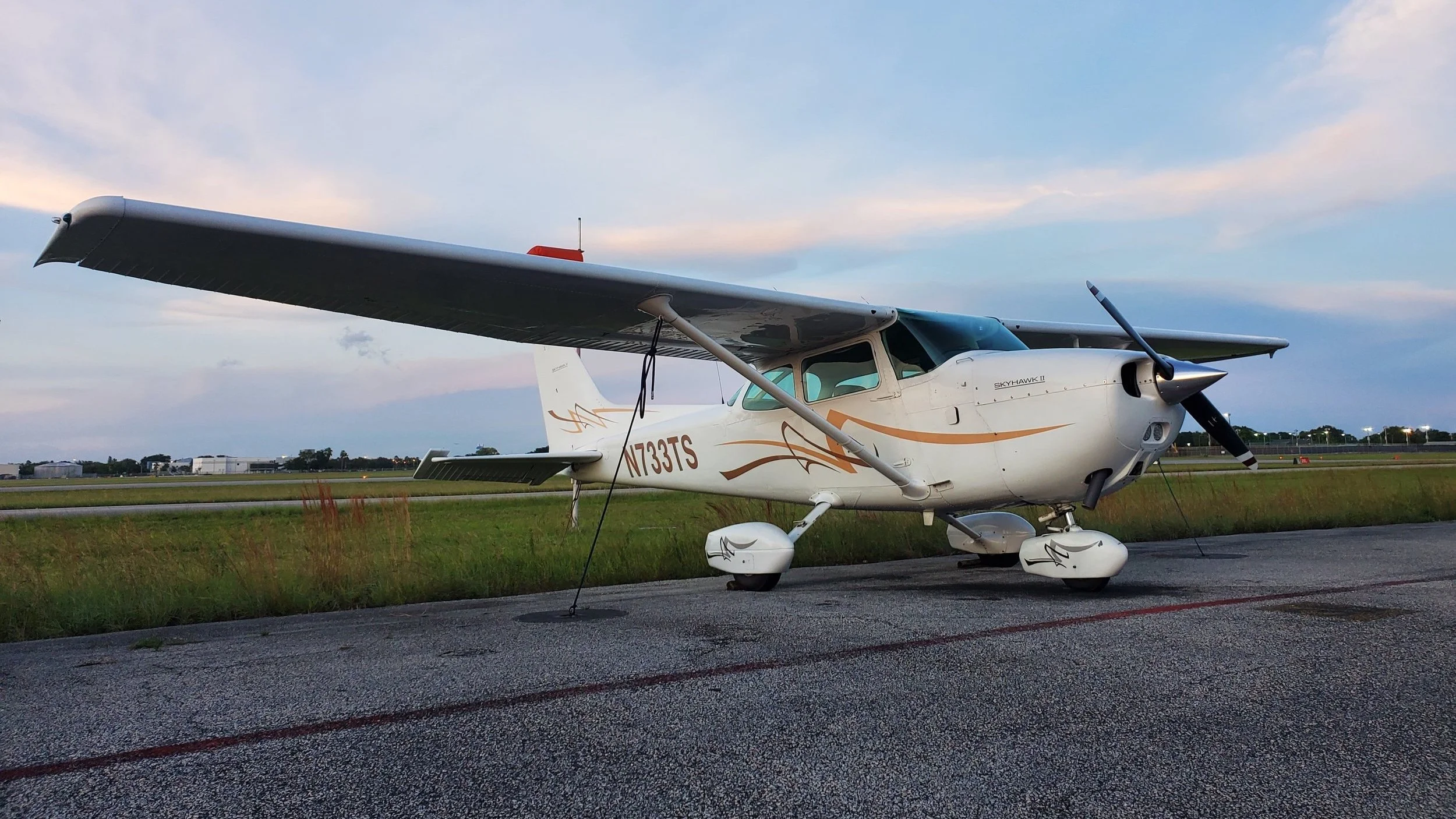
Commercial Pilot Certification
Commercial Pilot License
A Commercial Pilot Certification allows you to fly an airplane for compensation or hire.
Our Commercial part 61 training is composed of two courses. The single engine course consists of 10 hours of flight in a Complex aircraft. Students reach the 250 hours and take the single engine commercial flight test. Shortly after, students begin training multi-engine procedures in a multi-engine aircraft. Students reach the 250 hours and take the single engine commercial flight test. That is immediately followed by a Multi-Engine add on check ride.
ELIGIBILITY
To be eligible for a commercial pilot certificate, a person must:
Be at least 18 years of age
Hold at least a Private Pilot Certificate
Be able to read, speak, write, and understand the English language
Pass the required knowledge test on the aeronautical areas
Pass the required practical test
AERONAUTICAL EXPERIENCE REQUIRED
250 hours of flight time as a pilot
100 hours Pilot in Command time
50 hours cross-country flight
10 hours of instrument training using a view-limiting device including attitude instrument flying, partial panel skills, recovery from unusual flight attitudes, and intercepting and tracking navigational systems
10 hours of training in a Complex aircraft
One 2-hour cross country flight in a single engine airplane in daytime conditions that consists of a total straight-line distance of more than 100 nautical miles from the original point of departure
One 2-hour cross country flight in a single engine airplane in nighttime conditions that consists of a total straight-line distance of more than 100 nautical miles from the original point of departure
3 hours in a single-engine airplane with an authorized instructor in preparation for the practical test within the preceding 2 calendar months from the month of the test
One cross-country flight of not less than 300 nautical miles total distance, with landings at a minimum of three points, one of which is a straight-line distance of at least 250 nautical miles from the original departure point

The Licenses
CPL - Single-Engine Only
The most basic Commercial Pilot License. You will still need to meet all the requirements. Having a Single-Engine CPL will also allow you to continue into your CFI training.
CPL - Multi-Engine Only
If you’re short on time, or would prefer to complete all your training hours in a Multi-Engine, you can choose to complete a multi-engine only course.
CPL Multi-Engine Add-On
If you already have your Single-Engine CPL, you can take our Add-On course to obtain the Multi-Engine Rating. If you’ve already completed hours on a PA-34, you will likely need less hours of training.
COMMERCIAL PILOT SINGLE & MULTI ENGINE
COURSE ESTIMATE
Contact us.
info@flightcenterinternational.com
(954) 668-0203
7021 S Airport Rd, Unit 605
Pembroke Pines, FL 33023
